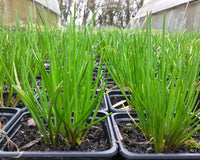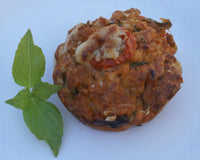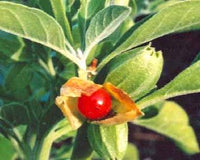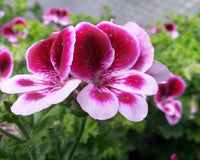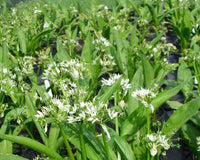Comfrey: (Symphytum officinalis)
Comfrey, also called knitbone, has been known for thousands of years, and as the great Iriah herbalist K’Eogh wrote just a couple of hundred years after I’d bought the farm, “heals all inward wounds and ruptures”. An excellent herb for the treatment of stomach ulcers, Irritable Bowel Syndrome (IBS) and ulcerative colitis it is probably most famously also known for it’s wound healing and particularly it’s repairing of damaged bones.
Nowadays, the clever dicks know that it’s the Allantoin in the roots and leaves that causes rapid cell proliferation in damaged tissue, but we just knew it healed all manner of sprains, bruises, fractures and broken bones. Interesting though, wish I’d had all this micro-constituent know-how back in the day. Wouldn’t have made any difference in how we used it of course, but interesting none the less though it can cause confusions. I mean, nowadays there’s all this panic about other constituents, the pyrrolizidine alkaloids which on their own cause liver damage. But that’s why you use the whole plant. Never known anyone to have any problems after eating the stuff myself, but you never know. Anyway, it’s only the roots that are a problem, or so they say. But used externally as a poultice for strains, bruises and broken bones it’s perfectly safe.
For in the home:
An infused oil of comfrey can be used to treat acne and boils. It also greatly reduces the severity of psoriasis. To make, chop a quantity of the chopped herb (root, stems and leaf), pour over a good quality vegetable oil (sunflower, olive etc. which hasn’t been stored in a plastic bottle) until the herb is completely covered. Use a Bain-marie or heat over a saucepan full of boiling water. Cover and gently simmer for 2-3 hours and then strain the resulting oil into a clean dark glass bottle. This oil can also be used to speed wound healing.
Do not take internally except under professional supervision.


